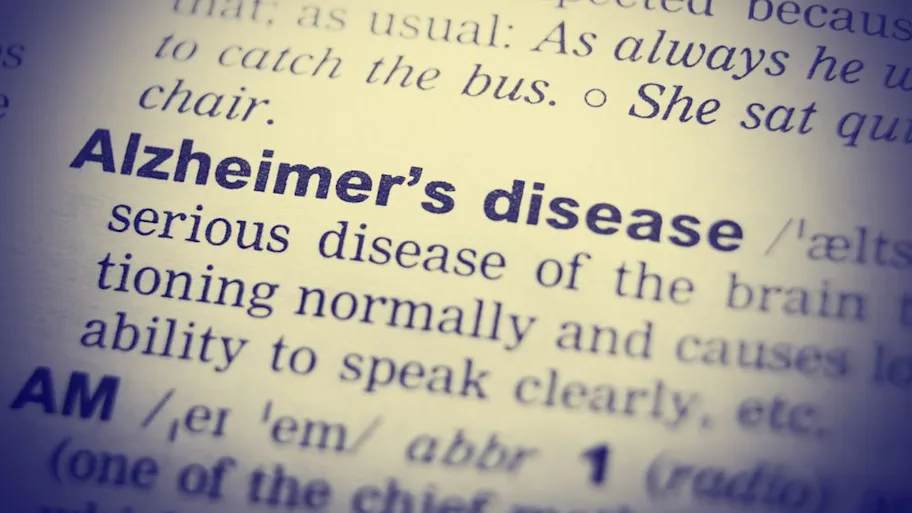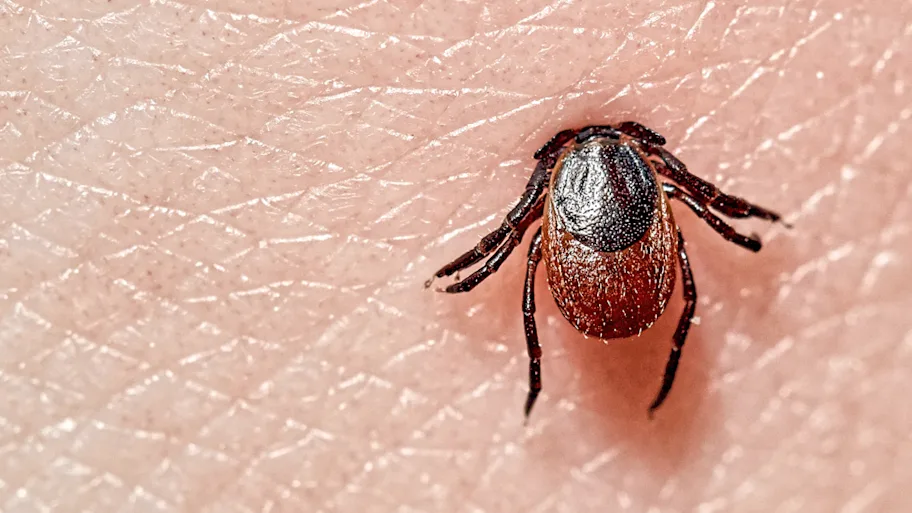
- Science News
- Featured news
- High numbers of elderly Japanese women will soon live in poverty
High numbers of elderly Japanese women will soon live in poverty

Under the current pension system, unmarried and divorced women receive only a fraction of the pension calculated for married women. Image: Shutterstock
Behavior changes in the Japanese population and an unfavorable pension system are creating a system that will disproportionately impoverish elderly Japanese women
— By KED Coan
Around one in four elderly Japanese women will live below the poverty level in the near future — with the figure rising to 50% for never-married and divorced women. In contrast, only about 10% of Japanese men will become impoverished. This is the prediction of a new model of current Japanese pension system, published in Frontiers in Physics, that investigates how and why elderly women in the country will enter poverty.
“The advent of a super-aged society is forecast for Japan in the near future, and impoverishment of people is our main concern,” says Seiichi Inagaki, author of the study and a researcher at the International University of Health and Welfare in Japan.
“It is considered that many elderly women will face a poverty problem, however, there is no future estimate on poverty rates that shows how and why elderly women will enter poverty. This study provides the future estimates that answer these questions.”
The current pension system in Japan was designed more than half a century ago for post-war families. In those times, women typically quit their jobs to have children and become housewives, and the pension system was relatively generous for women in these circumstances.
Since then, however, women have increasingly chosen not to marry, or else are divorced. Under the current pension system such women receive only a fraction of the pension calculated for married women — and these payments will not be sufficient to keep these women above poverty levels.
Inagaki provides detailed predictions on these worrying trends using a dynamic microsimulation pension model called the Integrated Analytical Model for Household Simulation (INAHSIM). Such models are a commonly used tool to predict the future financial outcomes of pension systems for individual groups of people within a system, although the simulation is limited to public benefits and does not incorporate other financial assets.
“This study illustrates how the poverty rate will increase in the future,” says Inagaki. “In the end, many never-married or divorced women will be living in poverty in their old age due to the unfavorable public pension system and their higher risk of living in a single-person household. This will raise the overall poverty rate.”
These simulations indicate that roughly 50% of never-married or divorced women will become impoverished in the next 50 years, compared to only 10 to 20% of widows or married women. Overall, the study forecasts that nearly 25% of elderly Japanese women will be impoverished, in contrast with only about 10% of Japanese men.
“These results imply that the current social security system will not work well for these women,” says Inagaki. “I hope that the government will consider reform of the social security system and take appropriate measures for these women.”
The article is part of a special research collection on Coordination and Cooperation in Complex Adaptive Systems: Theory and Application
Original article: Dynamic Microsimulation Model of Impoverishment Among Elderly Women in Japan
Corresponding author: Seiichi Inagaki
REPUBLISHING GUIDELINES: Open access and sharing research is part of Frontier’s mission. Unless otherwise noted, you can republish Frontiers news articles — as long as you include a link to the original research. Selling the articles is not allowed.






